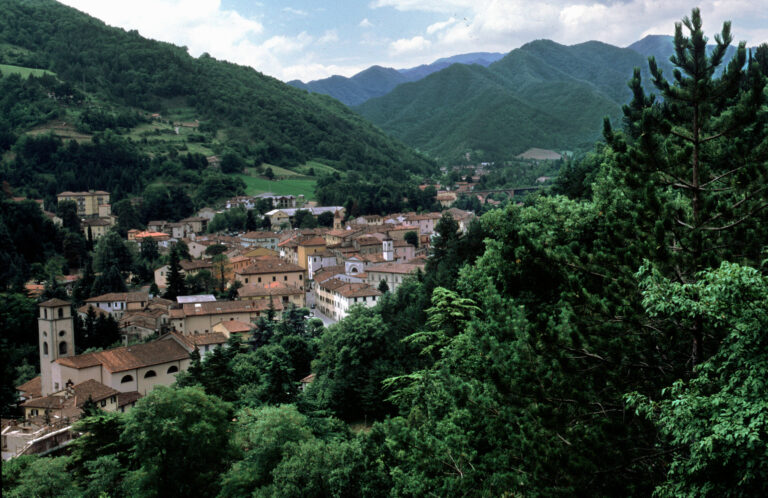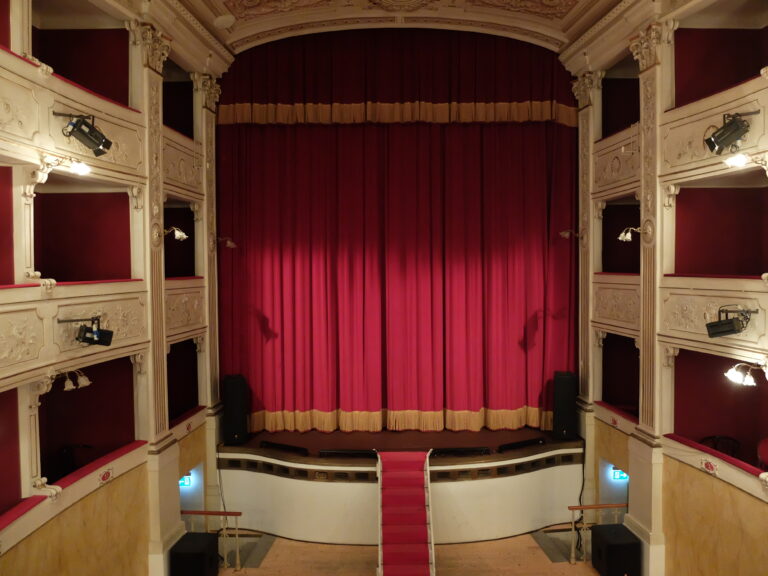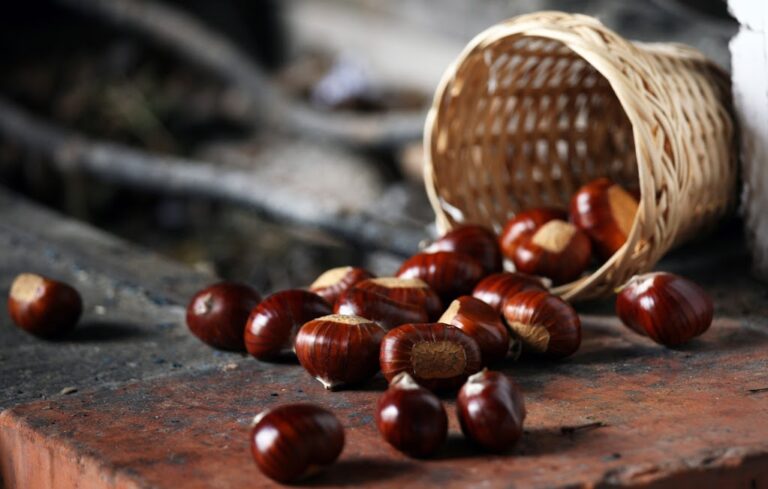MARRADI
Tuscany, Italy
PERSONAGES
Dino Campana
The name of Marradi is easily associated both with the visionary poet Dino Campana, who was born here on August 20th 1885. He led a disorderly and stray life, traveling in several countries of Europe and America, doing the most diverse and often the most humble trades. He came to Florence in 1913, among the writers of the Voice and of Lacerba, and especially from Soffici and Papini, he had the first encouragement and literary recognition. But a few years later, giving more and more serious signs of mental illness, he was locked up in the asylum of Castel Pulci (Florence), where he died on March 1, 1932.
Lanfranco Raparo
(1935- 2005) When, in 1962, the young artist Lanfranco Raparo arrived for the first time in Marradi, he had behind him a war-torn childhood, a restless youth of studies and artistic research and a confused desire for stability and peace. Raparo remained in the heart of the Marradi community: everyone called him the painter of Marradi even though he was born in Libya, in 1935. He never left Marradi; he remained here to teach and to live forever, and he was an amazing teacher, out of the schemes of didactic theories, he was able to transmit emotions and to bring out hidden attitudes, one of those rare teachers who in schoolchildren do not transfer mere content, but light torches.
“Dio mi guardi da quella gatta che davanti mi lecca e dietro mi graffia.”
The translation is "God guard me from that cat that licks me in front and scratches me in the back." In other words, keeping an eye on those who are openly hostile is easier while it is difficult to defend oneself against those who, despite showing friendship, can't wait to betray us and for this reason we ask God’s help.
WHAT TO EAT
Fried Tortellini fritti with chestnuts
For the dough: 500 gr. of flour, 20 gr. of butter, ½ glass of water, ½ glass of milk, 2 tablespoons of powdered sugar.
For the filling: 500 gr. of chestnut puree, 2 tablespoons of rum, 2 tablespoons of alchermes, 2 tablespoons of icing sugar, 1 sachet of vanillin.
Preparation: For the filling proceed as for the cake, adding rhum, alchermes and sugar: the filling must be rather solid. Make sure that the milk and water are hot enough to melt the butter. Proceed by placing the pieces of filling on the dough; close them by turning over the same dough and cut them with the appropriate tool, giving them the shape of the tortelli. Fry them in boiling seed oil and once cooled sprinkle with icing sugar and to taste with alchermes.
For the filling: 500 gr. of chestnut puree, 2 tablespoons of rum, 2 tablespoons of alchermes, 2 tablespoons of icing sugar, 1 sachet of vanillin.
Preparation: For the filling proceed as for the cake, adding rhum, alchermes and sugar: the filling must be rather solid. Make sure that the milk and water are hot enough to melt the butter. Proceed by placing the pieces of filling on the dough; close them by turning over the same dough and cut them with the appropriate tool, giving them the shape of the tortelli. Fry them in boiling seed oil and once cooled sprinkle with icing sugar and to taste with alchermes.
Chestnut cake
It is a sweet prepared with chestnuts, chestnuts typical of the place, formed by a base of dough and a soft compound, dark brown and shiny. It is usually prepared in autumn-winter. The production of chestnut cake takes place not only at a family level but also in ovens, pastry shops and restaurants in Marradi and Palazzuolo Sul Senio. The festivals of October are another opportunity to taste the cake as well as other chestnut cakes.
The guinea fowl stuffed with sausages and chestnuts
The guinea fowl is one of the most used meats especially in the Christmas period. Guinea fowl meat is lean and rich in protein, with a more aromatic flavor than chicken or turkey. For the filling, mash the sausages a little and sauté them in a pan with butter. Once cooked, let them cool. Crumble most of the chestnuts (some will be left whole for baking), beat the eggs in milk and add everything in a pan, along with the breadcrumbs, until you get a homogeneous sauce.
Fill the boned guinea fowl with the mixture and sew it with a thread or roll the meat with a string so as not to spill the sauce. Lay the guinea fowl on a baking sheet with the shallots and the remaining chestnuts that have been left whole. Bake at 180 ºC for about an hour, blending occasionally with the white wine.
MUST-SEE
The Castiglionchio Stronghold
In Marradi on July the 25th, 1358 a very important page of Italian History was written, the Battle of the
Scalelle, celebrated in a canvas by the marradese painter Lanfranco Raparo (1934-2005). The clash saw
the mercenary Company led by Conrad of Wurttenberg, Count of Landau, overwhelmed and defeated by the armed people of Marradi and the neighboring villages, benefiting from the knowledge of the places.
An epochal event, praised by Machiavelli who defined the Marradesi as "armed and faithful" to the Tuscan homeland. Symbol of this era of conflicts, the Castiglionchio Stronghold still watches over the
valley from above; of early medieval foundation, it is a distinctive place of the country and an easy
excursion for everyone.
Center for Study and Documentation on the Chestnut
Visiting the headquarters of the "Center for Study and Documentation on the Chestnut" in Marradi (FI) means taking a dip in the rich and varied world of brown. The museum is located in front of the historic Palazzo Torriani.The location is splendid: it is an ancient building, with a large central corridor, which overlooks some rooms used for permanent exhibitions. The product of interest is the chestnut, as a fruit but also as a monumental tree.
San Lorenzo Church
In Marradi you can otherwise stroll through the streets of the historic center, visit
the San Lorenzo church with the fifteenth-century works of the Maestro di
Marradi, a pupil of Ghirlandaio's painter.
PICTURES

Panorama
Marradi, Tuscany, Italy
Sandro Santioli

Animosi Theatre
Marradi, Tuscany, Italy

Chestnuts "Marroni"
Marradi, Tuscany, Italy

